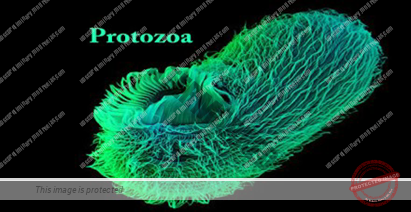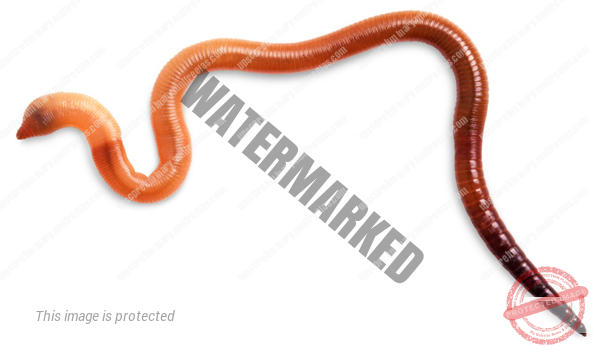(i) PROTOZOA & (ii) WORMS AND LEECHES
UNIT 15 – ANIMAL KINGDOM – PART 2
(i) Protozoa
Protozoa are simple, single-celled animals. They are the smallest of all animals. Most protozoa are microscopic in size and can only be seen under a microscope. However, they do breathe, move, and reproduce like multicelled animals.
There are several types of protozoa. The amoebas are dear, shapeless cells. Flagellates have a body shape looking like a hair. Although we can’t see them, protozoa do a lot for us. Protozoa play a useful role in the food chain as a source of food for fish and other animals. Some protozoa are helpful to humans by eating dangerous bacteria. Unfortunately, other protozoa are parasites and can be harmful to humans by transmitting disease.
Protozoa eat tiny algae and bacteria. Some protozoa absorb food through their cell membrane. Others surround and engulf their food or have openings to collect food. They digest their food in stomach-like compartments called vacuoles. Protozoa take in oxygen and give off carbon dioxide through the cell membrane. Protozoa reproduces by splitting in half.
(ii) Worms and Leeches
There are about 9,000 species of Annelids known today, including worms and leeches. They can be found almost anywhere in the world. Annelids have existed on Earth for over 120 million years.
Annelids have bodies that are divided into segments. They have very well-developed internal organs. One common characteristic of annelids is that they don’t have any limbs.
Some annelids may have long bristles. Others have shorter bristles and seem smooth, like the earthworm.
There are many types of worms. Commonly known worms include earthworms, roundworms, and flatworms. Most worms are small, measuring fractions of an inch to several inches long. Other worms, such as the ribbon worm, can grow up to 100 feet in length. Some worms are considered Parasites, in that they live inside the human body.


